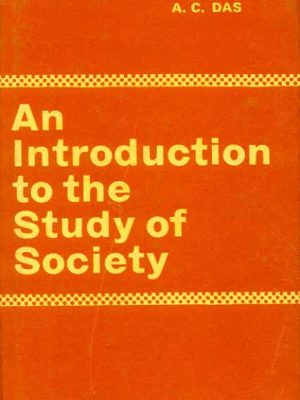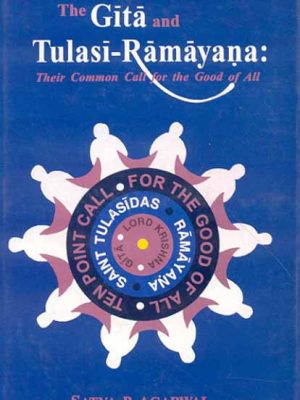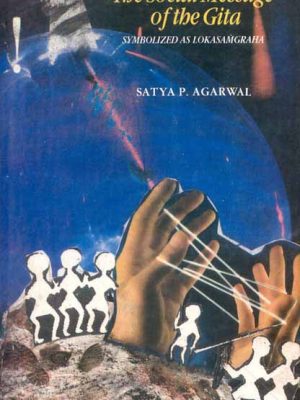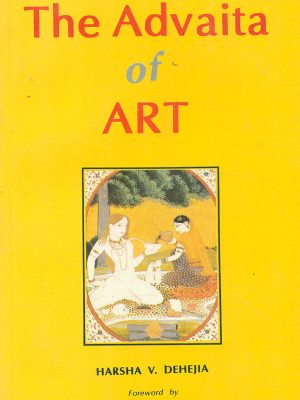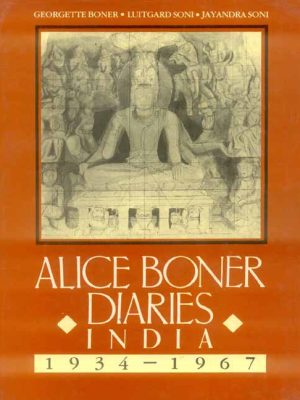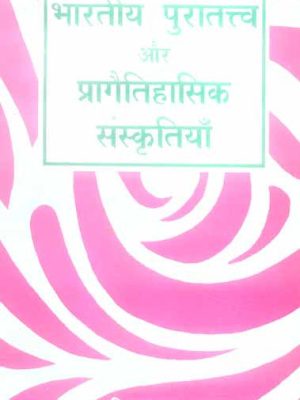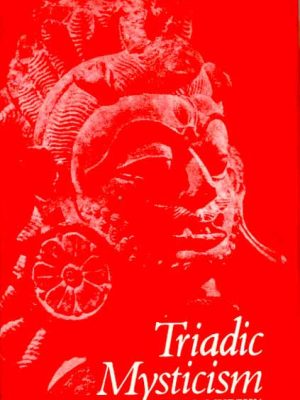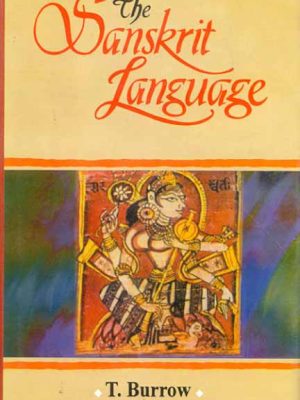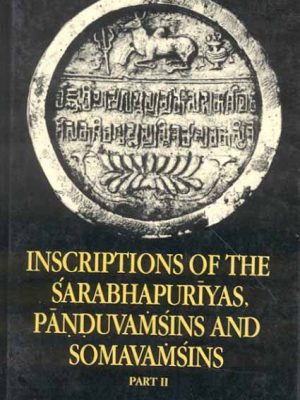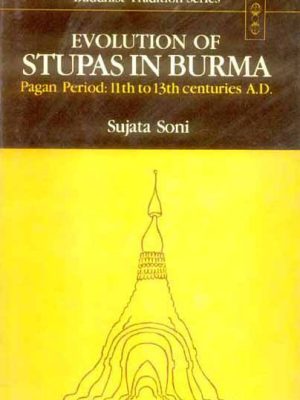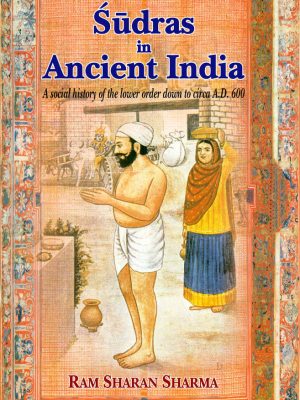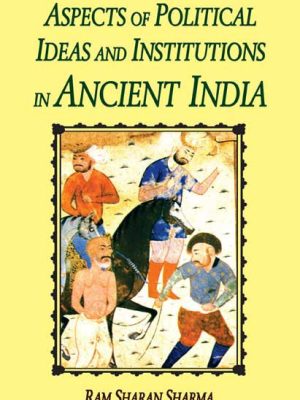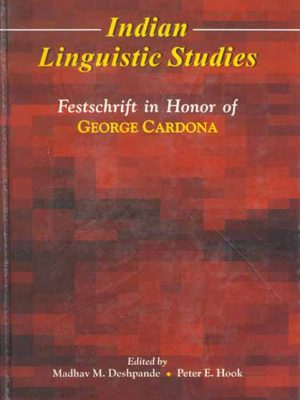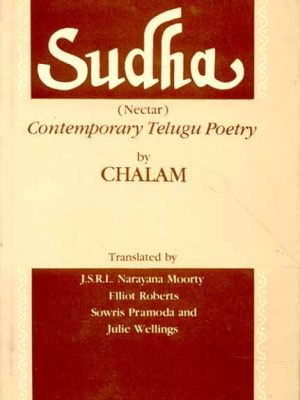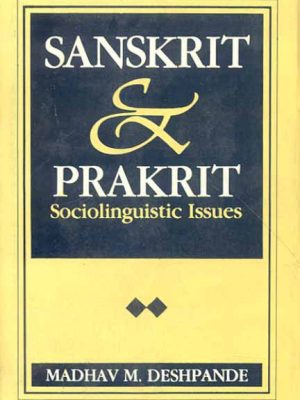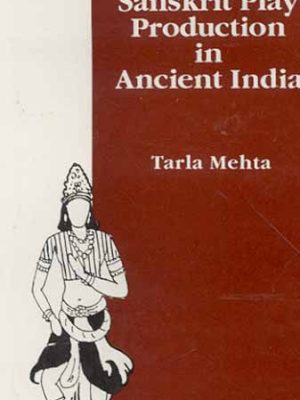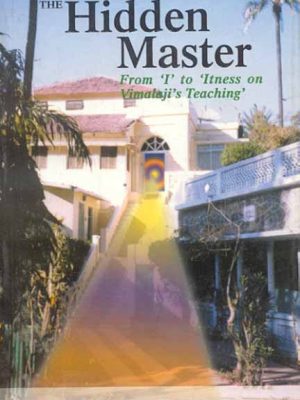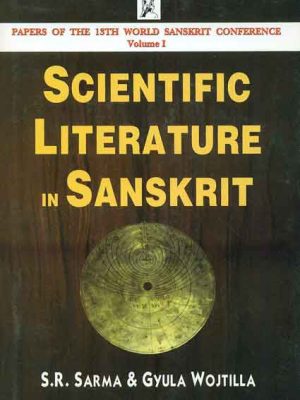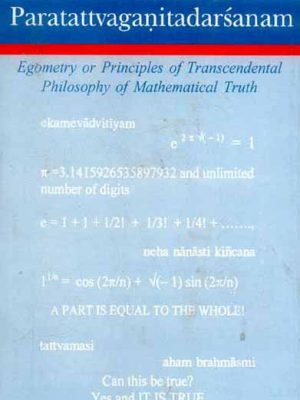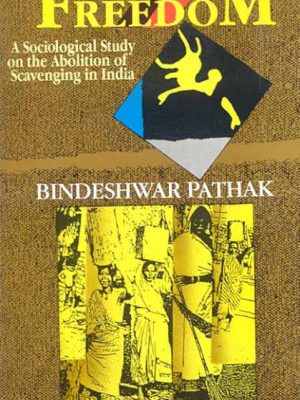Motilal Banarsidass
-
An Introduction to the Study of Society
The present book is an attempt to analyse social concepts and trace their origin and development, with particular reference to man as a member of his family, caste-group, social institutions and organizations. In presenting this analysis the author has followed the latest method of philosophers who interpret philosophy by the help of history, including the study of society through all stages of its growth. The study fully documented with the critical apparatus–general index and foot nootes–is designed to meet a long-felt need of the reader including the serious students of the subject at the Honours and post-graduate levels.
₹300.00 -
The Gita and Tulasi-Ramayana: Their Common Call for the Good of All
This book has identified “the good of all” as the single most important criterion of excellence of any socio-spiritual approach to life’s problems–particularly in the context of the conflict-ridden society of today. The comprehensive coverage of this criterion, as presented in this study, has strong links with (like Ganga, Yamuna, and Saraswati) three life-sustaining streams of thought. The first stream refers to the lokasamgraha-message of the Gita which has been formulated in that scripture from ten different but inter-connected angles. The second stream refers to the jagmangal-message of the Manas which is simpler to grasp and which can also be explained from the same ten angles as applied to the Gita. The third stream refers to the repeated expressions of the concern for “the good of all” which began with the Vedas and which continued as an integral part of the Indian tradition–a steady source that strengthened the calls of the Gita and Manas also.
By putting all these ideas together and by maintaining the interest of the readers, this book has opened the door to a new field of study and research, viz. the Indian contribution to the theory and practice of “the good of all.”
Review(s)
“His arguments are forceful and convincing. The book is a gem which is worth acquiring by all those interested in the subject.”
NATIONAL HERALD
About the Author(s)
Dr. Satya P. Agarwal is a Social Scientist. His academic honors include five gold medals and numerous merit scholarships and research fellowships at various universities. The Governor of the State of Maryland conferred upon him “The Governor’s Citation”, in recognition of his pioneering books as also his contribution to social service. He is the author of several books besides the present one which are widely acclaimed and appreciated by discerning readers. Other honors conferred on him include (i) the Kunti Goyal International Award, (ii) the Special Award of Manas Sangam, and (iii) the International Tulasi Award.
₹395.00 -
The Social Message of the Gita Symbolized as Lokasamgraha: (Self Composed Skt. Slokas with Eng. Comm.)
This book is a landmark in the wide panorama of Gita Literature, the universal nature of which is reflected in the use- in the form of prose as well as poetry-of an increasing number of the world’s languages. As the first book to utilize original verses in modern Sanskrit to convey the social massage of the Gita, it not only fills a significant linguistic gap but also focuses attention on social issues which call for urgent action by karmayogins.
Review(s)
About the Author(s)
Dr. Satya P. Agarwal is a Social Scientist. His academic honours include five gold medals and numerous merit scholarships and research fellowships at various universities. The Governor of the State of Maryland conferred upon him “The Governor’s Citation”, in recognition of his pioneering books as also his contribution to social service. He is author of several books besides the present one which are widely acclaimed and appreciated by the discerning readers. Other honours conferred on him include: (i) Kunti Goyal International Award, (ii) Special Award of Manas Sangam and (iii) International Tulasi Award.
₹395.00 -
The Advaita of Art
The Advaita of Art
This inquiry is an undertaking to demonstrate that aesthetic experience in the classical Indian tradition, on its own merit, without being subordinated to rituals and practices commonly held under the rubric of religion, is capable of providing a transcendent experience to a prepared aesthete. Dr. Dehejia examines the dynamics of two aesthetics processes, that stemming from aesthetic emotion or rasa and from aesthetic form or rupa, and cogently underpins them within the advaitic epistemology of Kasmir Saivism. The Advaita of Art, Dr. Dehejia argues, is a joyous celebration of affirmation and assertion and not negation.
₹395.00 – ₹595.00The Advaita of Art
₹395.00 – ₹595.00 -
Alice Boner Diaries: India 1934-1967
Alice Boner Diaries: India 1934-1967
Apart from an insight into Alice Boner’s keen observation of Indian temple-architecture and art the present selection of her diary entries also depict the struggles of Alice Boner, the artist. In her work she strove to represent the spirit of India which her intensive experiences of over 40 years in the country revealed to her. Her experiences also included contact with personalities of the calibre of Rabindranath Tagore, Swami Laxman Joo, Sarojini Naidu, Ustad Alauddin Khan, and her admiration of Mahatma Gandhi. As a remarkable diarist Alice Boner puts her thoughts to pen in an elegant, eminently readable style. The reader feels with her the thrill and awe at the ancient monumental sights all over India, reads about her vision of the principles of sacred art, and shares with her the inner conflict of one torn between the two worlds of Europe and India. Over and over again this unique woman, with roots in the European culture, expresses her deep attachment to India. Most of the diary entries are in German and English and these have been retained for the sake of the originality of her fine expression, interspeersed with a selection of sketches from her vast repertoire. In addition, the German portions have been translated here for the benefit of English readers.
₹995.00 -
Bhartiya Puratattva aur Pragaitihasik sanskritiya
Bhartiya Puratattva aur Pragaitihasik sanskritiya is authored by Shiv Swaroop Sahai
₹595.00 -
-
Inscriptions of the Sarabhapuriyas, Panudvamsins and Somavamsins (2 Vols.)
Inscriptions of the Sarabhapuriyas, Panudvamsins and Somavamsins (2 Vols.)
This work is a product of the Inscriptions of India Programme of the Indian Council of Historical Research undertaken with a view to making inscriptions dating from circa sixth to fourteenth century a.d. available in handy volumes. Part I studies the inscriptions of the Sarabhapuriyas, Panduvamsins and Somavamsins who played a major role in shaping the destinies of the Chhattisgarh region of Madhya Pradesh (Kosala) and the adjoining region of Orissa from about the sixth to the early twelfth century a.d. It provides a background to the study of the inscriptions by attempting to deal with their formal aspects like the format, palaeography, language, orthography, contents and methods of dating and to trace, for the first time, the evolution of their draft. Dharmasastra injunctions regarding the preparation of deeds of land-grants and their actual epigraphic parallels have also been discussed at length. The work sheds welcome light on the chronology and history of the region during the period in question and offers several original suggestions basing on fresh discoveries and new interpretation of known records. With its many interesting features, the work will surely be found enlightening by students and researchers delving deep into early Indian history and epigraphy.
₹1,695.00 -
Evolution of Stupas in Burma: Pagan Period: 11th to 13th Centuries A.D.)
Evolution of Stupas in Burma: Pagan Period: 11th to 13th Centuries A.D.)
This work is the outcome of painstaking research on the evolution of stupas in Burma, Pagan Period, 11th to 13th centuries a.d. Burma known as the land of pagodas is nowhere so rich in the number of pagodas as in Pagan. The stupendous vastness of the ruins reminiscent of the glory that was of Pagan
in its heyday inspired this study. The evolution traced back to the beginning of the stupa structure in India, deals with the various architectural phases (duly illustrated) it passed through ending with the final stage in the Rhwedagum Pagoda in Rangoon (Burma). Apart from the material side of the study, there is the need of looking into the aesthetic and spiritual side of the evolution. That religious architecture is a barometer of the material prosperity and social outlook of the people,
besides being the handmaid of the spiritual aspirations of the devotees, is amply discernible in this study.
The value of the art survey in this work is further enhanced by the inclusion of over 138 photographs. Moreover, besides the magnificent Pagan art, it gives a comparative view of the religious architectual development in the Asian countries contemporaneous with the Pagan Period.
₹595.00 -
